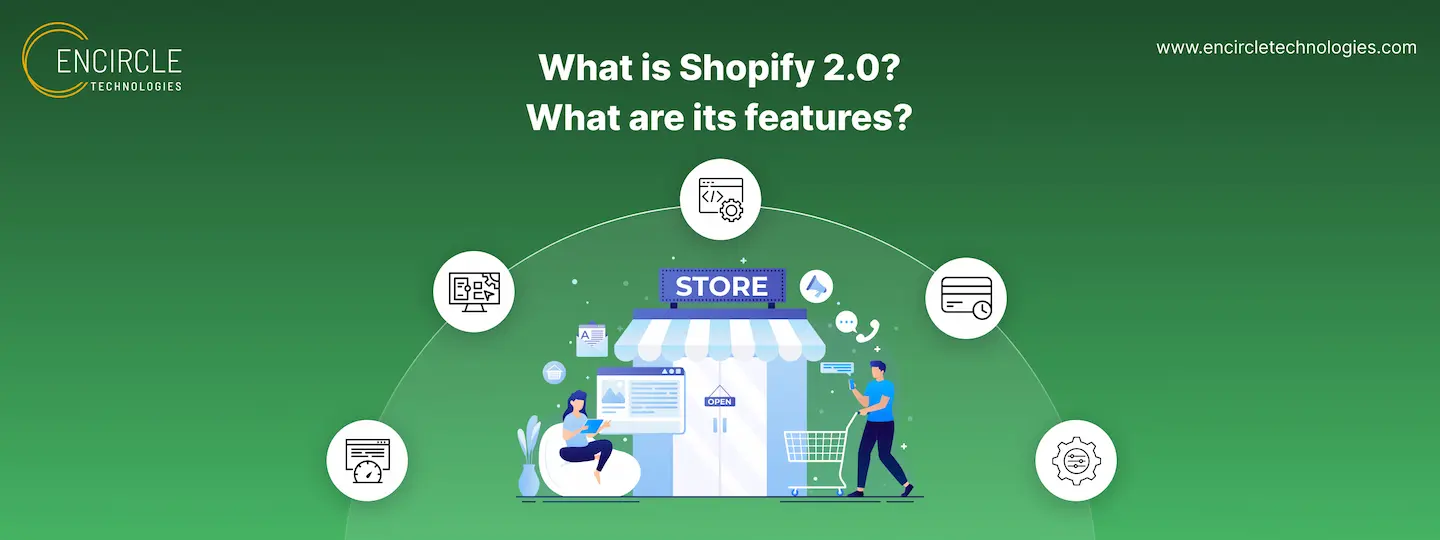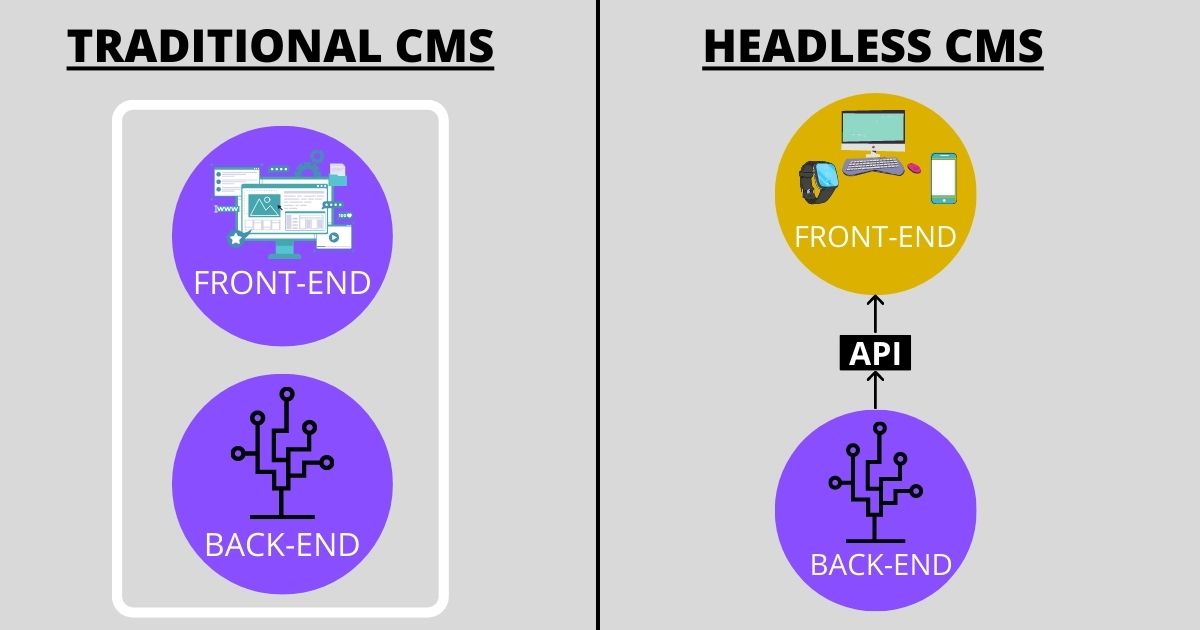Over the past few years, the eCommerce market has seen exponential growth. In 2021, the global e-commerce market reached a value of $13 trillion.
IMARC Group estimates the global eCommerce market reached $16.6 trillion in 2022. By 2028, it is expected to reach $70.9 trillion, exhibiting a CAGR of 27.43% during 2023-2028.
With the increase in online transactions, more and more businesses have started creating eCommerce stores. There’s no denying the fact that Shopify is the leading eCommerce development platform. To improve user experience, the platform is constantly bringing new updates.
In this post, we will explain everything you need to know about the all-new Shopify 2.0.
What is Shopify Online Store 2.0?

Recently, it launched Shopify 2.0, which offers more features and better development tools. Shopify 2.0 isn’t a new pricing plan, it is a set of amazing features included by Shopify.
Building a highly customizable and appealing eCommerce store has become easier with Shopify 2.0. The purpose is to provide a hassle-free experience to merchants.
Also Read: 7 Benefits of Having An eCommerce Website
7 Most Useful Features of Shopify 2.0
If you are still confused about whether you should upgrade, check out these 7 most useful Shopify 2.0 features:
Loads faster
For any eCommerce store, page loading speed is critical. You want your eCommerce website to load within two seconds. Longer than that will increase the bounce rate. Even half a second of improvement can create a significant impact.
Upgrading to Shopify 2.0 will improve page loading speed, with its all-new ‘Dawn’ theme. This new theme is 35% faster than Shopify 1.0 default theme ‘Debut’.
By improving your online store’s loading speed by 35%, your store’s bounce rate will decline, and dwell time & engagement will improve.
Upgraded themes with sections on all pages
Upgraded themes in Shopify 2.0 provides room for a lot of customization. A web page is built of multiple sections. Previously, the ability to create sections and customize them was limited to just the homepage, not on other pages. Other pages had a fixed structure and it was limited to editing content only.
Shopify 2.0 comes with sections on each page of the store. For a non-technical person, it gets easy to customize any webpage without hassle. With this feature, merchants can make changes like adjusting the add-to-cart button or price/product titles.
Improved UI on the theme editor
In the older version of the Shopify theme editor, there was a search bar to find the right section from the long list. To avoid that hassle, Shopify 2.0 comes with a tree view of collapsible sections. It will provide easy navigation and the ability to make edits faster.
Improved developer tools
With Shopify 2.0, developers get an improved experience when using tools. New developer tools make it easy for merchants to create apps and themes. This includes GitHub Integration, Shopify CLI tool (updated), and Theme Check.
GitHub Integration lets you connect your Shopify theme to GitHub. This way, you can collaborate with other developers when editing themes. Updated Shopify CLI tool can improve theme development through its hot-reload CSS, liquid section changes, and other features. Talking about Theme Check, it helps to find errors.
Improved meta fields
Metafields let you add and store information about a specific page or section. Earlier, it was just a page title and one rich text editor for any page content, so users had to rely on APIs or third-party tools. Now, Shopify has introduced its metafield functionality. Its file picker tool supports different types of files.
Purchase now, pay later option
This is another amazing feature of Shopify 2.0. Buying on installments is gaining popularity among shoppers. If you are in the luxury industry and your products are costly, this option can benefit you a lot. This feature will definitely increase your conversion rate as well as the average order value.
Customizable 404 pages
When users click on your site’s broken link, they get redirected to a 404 page. A boring and unappealing 404 page will make users leave the website without taking any action. However, a well-customized 404 page would encourage users to explore and buy your products.
Final Thoughts
Shopify introduced so many features and upgrades with its Shopify 2.0. This update was implemented to smoothen the experience of merchants as well as developers.
If you are looking for a web development company that can create a Shopify store or migrate to Shopify 2.0, reach out to us at support@encircletechnologies.com
Also Read: WordPress Vs Shopify For eCommerce



